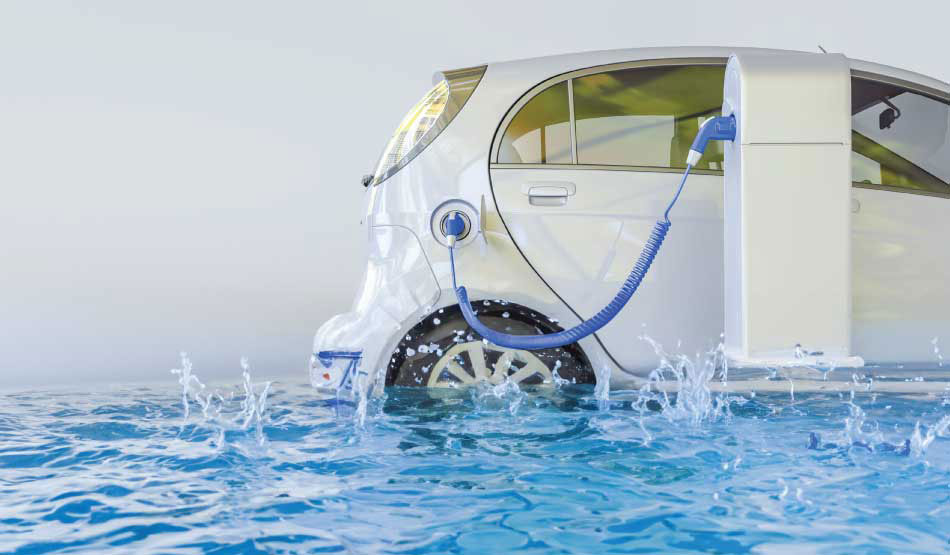
India’s electric vehicle (EV) industry is undergoing a transformative shift as the country moves toward a greener, more sustainable future. With ambitious government targets to reduce carbon emissions, increase electric vehicle adoption, and transition to renewable energy sources, the role of supporting infrastructure is becoming ever more crucial. One such overlooked, but vital, infrastructure component is water storage. While the connection between water storage and the e-vehicle sector may not be immediately apparent, it plays a pivotal role in ensuring the smooth functioning of manufacturing plants, battery production, and overall supply chain management. This article explores the often-forgotten link between water storage and India’s burgeoning electric vehicle industry.
The Growing Importance of the Electric Vehicle Industry in India
India is one of the world’s fastest-growing markets for electric vehicles. With urban air pollution reaching alarming levels and the government’s push for cleaner technologies, electric mobility is seen as a critical solution to the country’s transportation challenges. The Indian government has set ambitious targets to have 30% of all vehicles on the road be electric by 2030. This push includes subsidies, incentives for manufacturers, tax rebates, and support for the creation of EV infrastructure such as charging stations.
The growth of the electric vehicle industry, however, comes with a set of challenges that need to be addressed. One of these challenges is ensuring the efficient use of natural resources, including water. The manufacture of electric vehicles particularly the production of lithium-ion batteries, which are central to the EV revolution requires significant amounts of water. This makes water storage systems crucial to supporting the long-term success of India’s electric vehicle industry.
Water Use in Electric Vehicle Manufacturing
Water is a vital resource throughout the electric vehicle supply chain, from raw material extraction to battery manufacturing and vehicle assembly. Some of the major ways water is used in the EV industry include:
Battery Production
The production of lithium-ion batteries, which power electric vehicles, is one of the most water-intensive aspects of EV manufacturing. Lithium, cobalt, and nickel — the key raw materials used in batteries — are often extracted from mines that require large amounts of water for processing. For instance, lithium extraction from brine or rock deposits typically involves evaporating water to concentrate the minerals, which can take several months.
Cooling and Manufacturing
The assembly of electric vehicles, like any high-tech manufacturing process, requires significant cooling and cleaning. Cooling is essential in ensuring that machinery and assembly lines operate efficiently and do not overheat. High-pressure water jets are also used for cleaning and removing dust or contaminants from vehicle parts before assembly.
Electric Vehicle Charging Infrastructure
The installation and operation of electric vehicle charging stations, especially in urban areas, also require water resources for construction purposes. From cement mixing during the building of charging stations to the water needed for cooling high-capacity transformers and batteries in these stations, water storage becomes crucial for ensuring uninterrupted charging infrastructure.
Conclusion
Water storage plays a crucial, albeit often overlooked, role in supporting India’s growing electric vehicle industry. From battery production and vehicle manufacturing to EV charging infrastructure and battery recycling, water is a critical resource that powers the EV ecosystem. By investing in efficient water storage and management systems, India can ensure that the electric vehicle sector continues to thrive without compromising the sustainability of its water resources.


